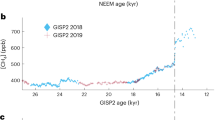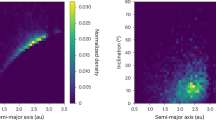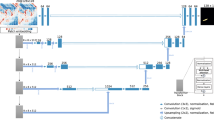Abstract
A METEOR was seen at Hendon on the 6th inst., at 8.53 p.m., in a clear sky, and broad daylight. The course by compass was from north-east to east, at an altitude of about 27° above the horizon when first seen, and 22° when it disappeared, after being visible six or seven seconds. I drew the attention of a friend, in whose garden we were standing, to it. He saw it about three seconds, and compared it to a stream of fire. I learnt later that it was also seen by parties boating on the waters at the Welsh Harp, but could not get any particulars beyond the fact that it was seen. Its passage appeared attended by intense-combustion. It first appeared as a circular ball of fire, but speedily lost a spherical shape, and became pointed, resembling somewhat a spear head, as though the change in appearance were due to the resistance of the atmosphere. From a deep red at first it became of a decided golden colour, to change to a brilliant white just before or as it disappeared. There was nothing special about the disappearance.
This is a preview of subscription content, access via your institution
Access options
Subscribe to this journal
Receive 51 print issues and online access
$199.00 per year
only $3.90 per issue
Buy this article
- Purchase on SpringerLink
- Instant access to full article PDF
Prices may be subject to local taxes which are calculated during checkout
Similar content being viewed by others
Author information
Authors and Affiliations
Rights and permissions
About this article
Cite this article
D., P. A Remarkable Meteor. Nature 28, 269 (1883). https://doi.org/10.1038/028269b0
Issue date:
DOI: https://doi.org/10.1038/028269b0



